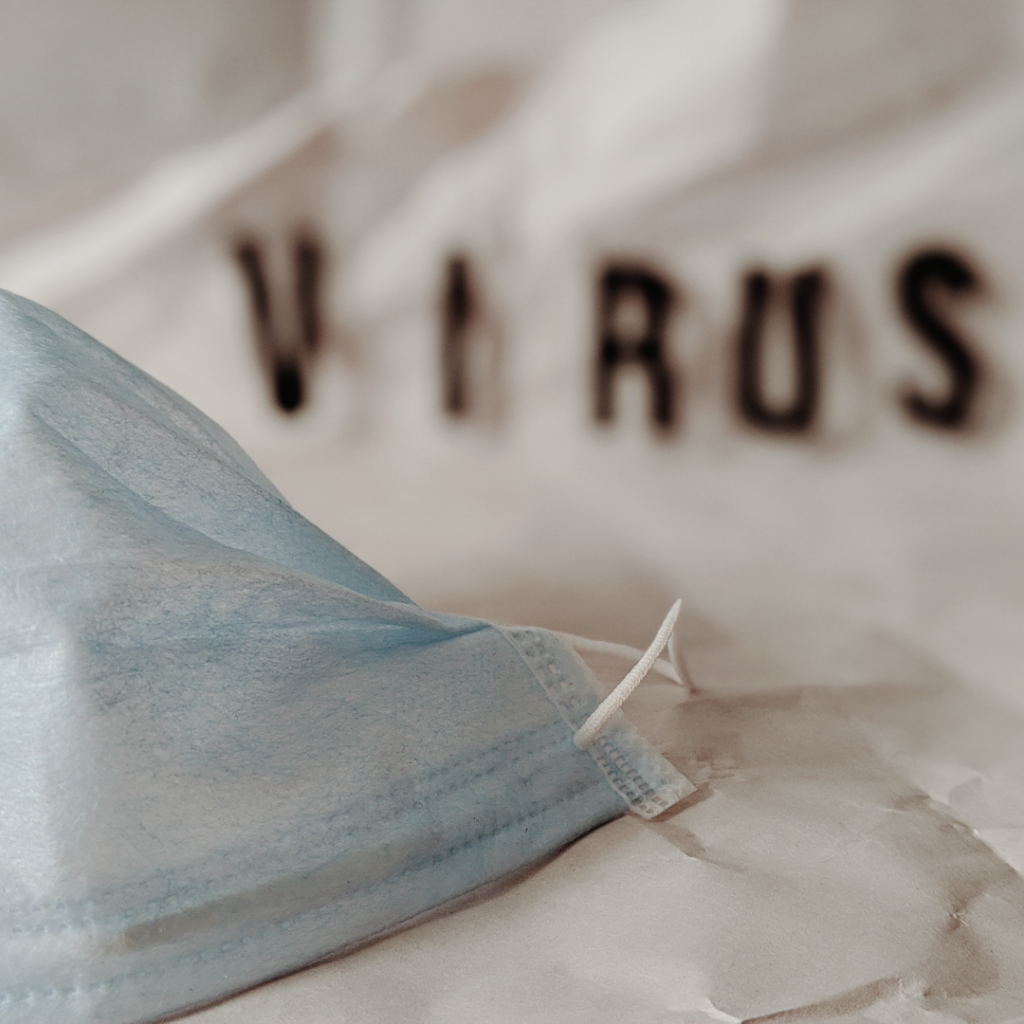COVID Breathing Exercises
Covid Breathing Exercises
COVID BREATHING EXERCISES:
Whilst the mechanism by which the coronavirus attacks the human body is not yet fully known, there is little doubt that Covid attacks multiple organs and is causing devastating medical complications. Doctors are reporting a typical pattern in Covid patients of low oxygen saturation within the blood.


OUR LUNGS: Our lungs can be likened to a balloon which inflates as we breathe in and deflates as we breathe out. At the bottom of the lungs are tiny air sacs called alveoli. Oxygen diffuses from the alveoli into our blood vessels and is carried around the body.
It is thought that Covid closes down the alveoli and therefore reduces oxygen diffusion into the blood and causes low saturation.
Dr Matt Inada-Kim, a consultant in acute medicine at Hampshire Hospitals, recently reported that “we were admitting patients with Covid with oxygen levels in the 70s or low-or-middle 80s”. The normal level is between 95-100%.
Patients did not know their oxygen levels were at dangerously low levels, a condition called ‘Silent Hypoxia’.
OXYGENATION: Physiotherapists regularly teach patients how to take a deep breath and increase lung volumes. This increases oxygen into the lungs and therefore increases oxygenation of the body.
It is therefore very important that Covid patients practice deep breathing in order to keep the alveoli open. Even if a patient does not feel breathless, they could still have silent hypoxia.
BREATHING TECHNIQUE: The breathing technique involves a person sitting upright and relaxed. A deep breath is taken through the nose. This breath is held for two seconds, a sniff is performed to top up the volume of air in the lungs, this breath is held for a further two seconds and then the air is gently breathed out through the mouth. To summarise the deep breathing technique:
- Sit upright in a relaxed position
- Take a deep breath through the nose
- Hold this breath for 2 seconds and SNIFF
- Hold the breath for a further 2 seconds and gently breathe out of the mouth
A normal gentle breath is performed and then the deep breath is repeated. Another normal breath is performed and then a third and final deep breath is repeated.
These three deep breaths are known as one cycle. A person can repeat one cycle and then breathe gently for one minute and then repeat a second cycle.
These two cycles can then be repeated once an hour.
Neuroscientist Andrew Huberman has studied the effects of the ‘double breath in, single breath out’ and interestingly found that “when you breathe fast or slow from the diaphragm, in a rhythmic manner, the phrenic nerve triggers a signal to tell the brain that the body is in movement and “everything is fine”. In no time, your body goes into a calm state”.
NOTE: This deep breathing technique not only has the added benefit of calming a person as they perform the deep breath, it also increases oxygenation to the body. It is therefore a very important breathing technique for somebody suffering from Covid and can equally be beneficial to somebody who is feeling anxious and stressed.

